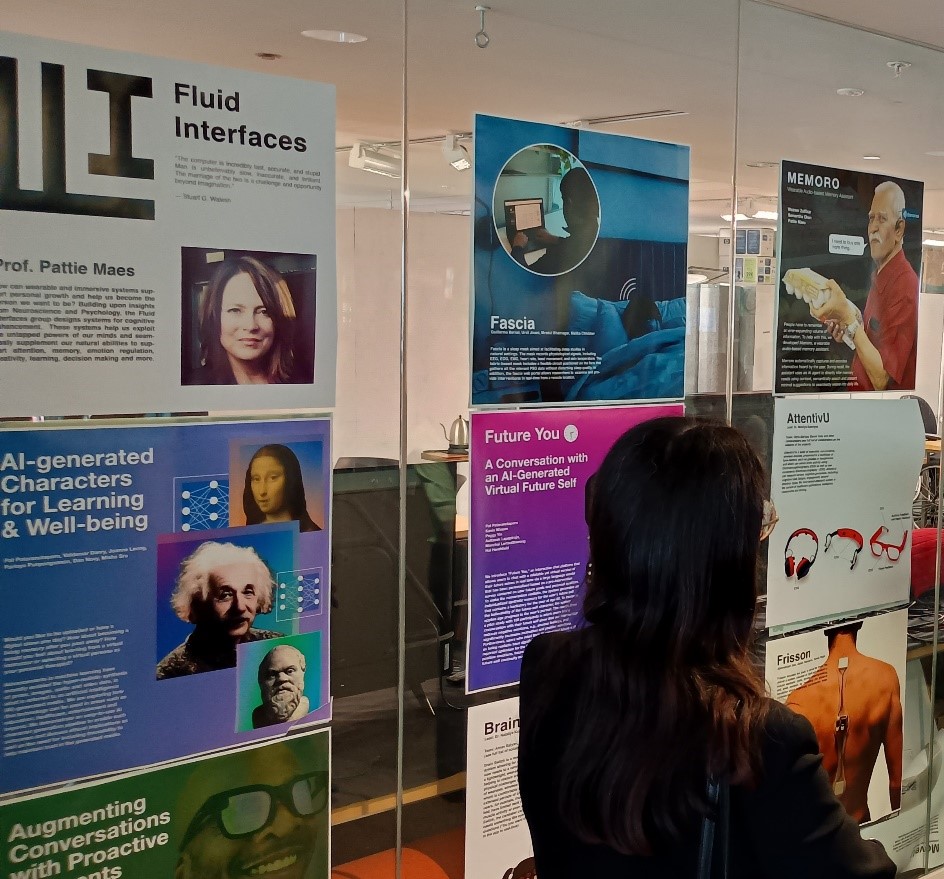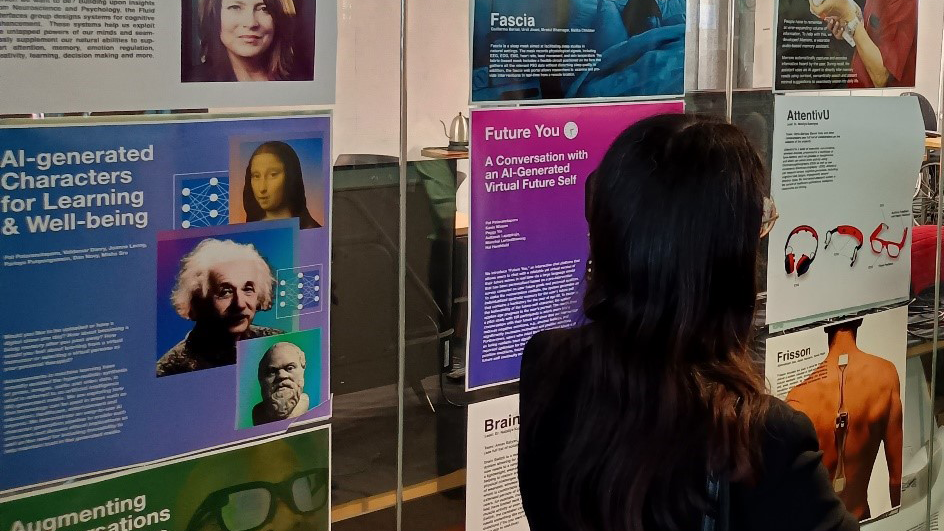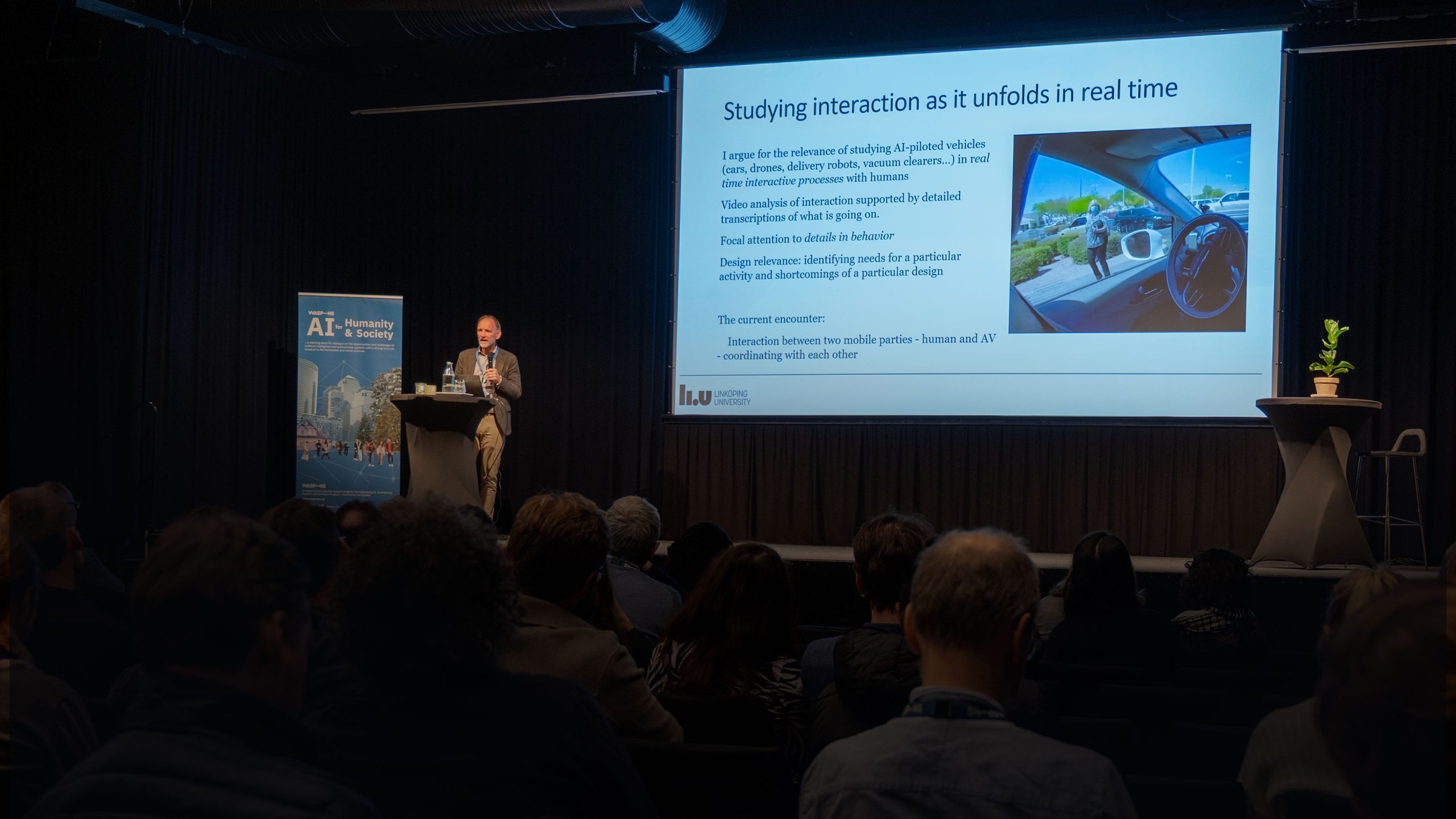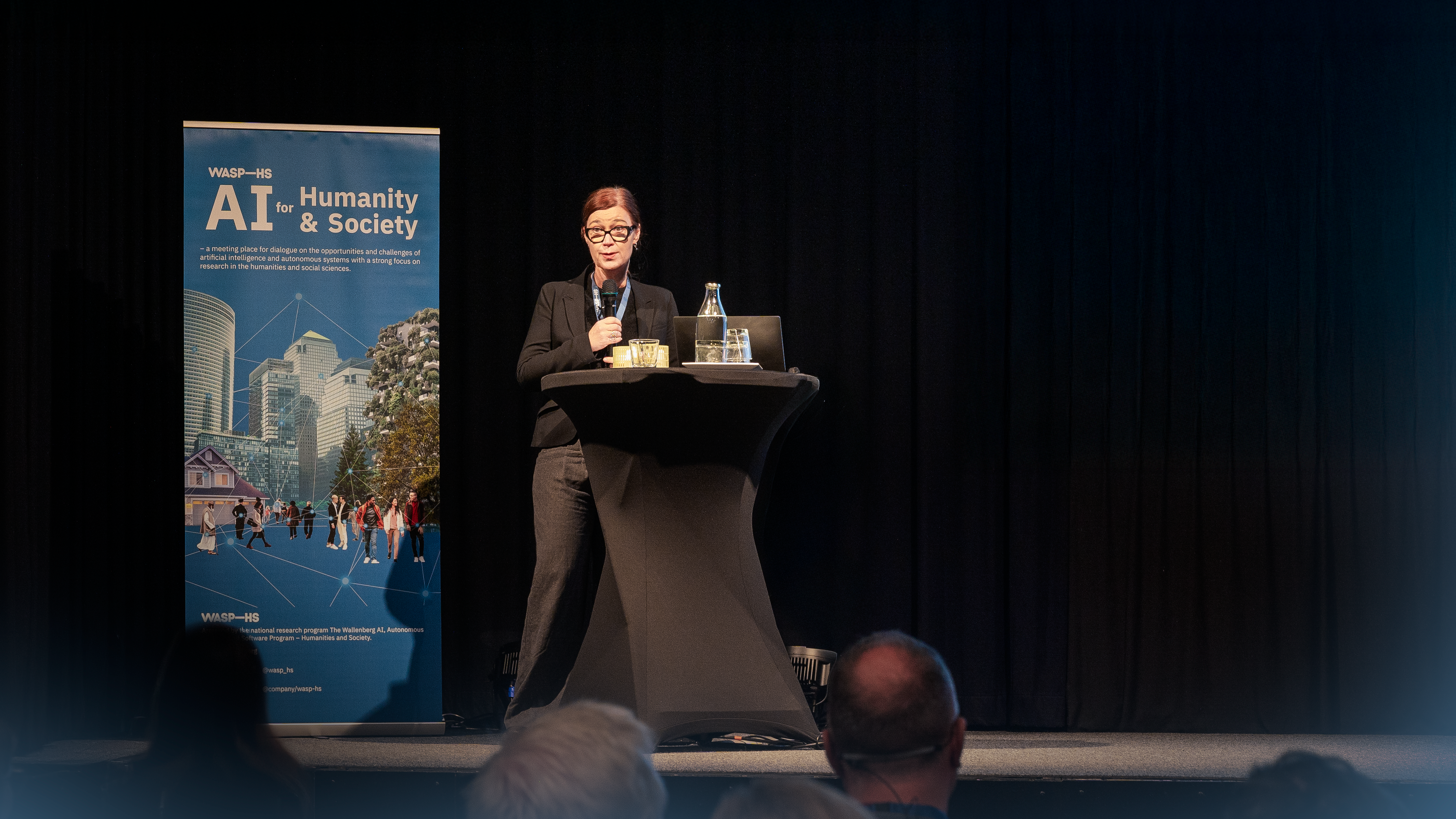As part of the WASP-HS itinerary in Boston, our visits to several labs and research spaces across MIT and Harvard serendipitously centered around the Media Lab- much like design and technology initiatives in the region over the past decades. Known as one of the original hubs of technology-driven innovation since its inception in 1985, the Media Lab is widely known for leading the way across several fields such as affective computing and tangible interactions, arguably even shaping design futures. In the perennial debate between design (and by extension, technology development) for tackling current problems and challenges versus design for future imaginaries, the lab’s positioning and emphasis towards nurturing and catalyzing innovation has been clear from the start. In its present form, there are over 20 research groups working on a range of projects, across themes ranging from future worlds to the future of smart systems and AI.
Forged from the antecedent Architecture Machine Group, driven by Negroponte’s early techno-utopian visions, and influential practitioners such as Mitchell, the sheer scope, scale and novelty of projects at the lab overcame any critiques of technological determinism. Subsequent initiatives to ‘make (almost) anything’ steered the lab towards ‘knotted’ objects and artifacts, and hence disciplines. Its entrepreneurial nature was steadily brought to the fore in the last decade through the related notions of antidisciplinarity and permissionless innovation, interpreted by some as being ‘against academia’. Even though ‘blitzscaling’ or the ‘art of moving fast and (not) breaking things’ led to healthy debates worldwide, the critique around innovation for innovations’ sake versus problem-solving seemed to persist widely. The Media Lab is perhaps an apt case study to examine our collective technological trajectories, as influenced by global market forces, co-existing alongside our innate (and very human) need to tinker and create.

The lab’s recent reemphasis on academic rigor seems to be a call to return to its interdisciplinary roots, seemingly contrary to the past ‘magic and sorcery’, and better aligned with recent initiatives elsewhere. Our visit helped revisit their contributions, as also place things in context, as situated within the lab’s tumultuous changes of recent years, arising from factors both local and global. This also highlighted the fact that design and the ‘greater good’ needn’t necessarily be convergent agendas as Papanek had foreseen, strengthening the call for a more ethical, responsible and thoughtful approach towards innovation, whilst reevaluating current practices that are inherently problematic. This is especially important in our current context, where technology bubbles seem so easily formed around anything and everything AI, notwithstanding any cautionary advice on AI snake oil.
As AI/ML researcher Birhane’s prudent words remind us, “for any AI breakthrough, the achievements and potential benefits are applauded, while the potential harms, flaws, gross simplification of complex issues, inaccuracies, methodological problems, limitations and failures are underemphasized”. Most of the research projects funded by WASP-HS lean towards exploring, assessing, and understanding the human and social impact and implications of emerging technologies such as artificial intelligence. This critical need for critical thinking is highlighted even further today, and as our colleague Petter reassures us in his blog post, our commitments and beliefs were indeed reinforced through the course of this visit!






